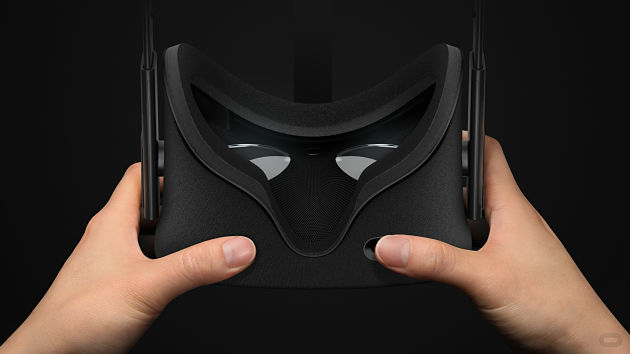Virtual reality (VR) is a demanding technology. While head-mounted displays (HMDs) themselves may not end up costing thousands, the PCs required to run them will set customers back a fair way. In fact, GPU manufacturing company Nvidia estimates that there needs to be a huge ‘sevenfold increase’ in raw performance in order to deliver a smooth, comfortable experience within HMDs such as the Oculus Rift and HTC Vive.
The company’s Jason Paul said as much in a recent interview with GamesBeat. “We see the potential of VR as very large, but we also see a big challenge as far as the computing power that’s required,” Paul explained. “If you look at your typical PC gaming experience, 90 percent of the gamers out there play at 1080p. For a smooth experience you don’t want to go below 30fps. Compare that to VR where the displays are about 2K, but you have to render closer to 3K, and you don’t want to go below 90fps. It’s about a sevenfold increase in raw performance to render for VR versus traditional PC gaming. You have to do that in less than 20 milliseconds from head rotation to what shows up on your display.”
Oculus VR, maker of the Oculus Rift, is looking to combat this issue with its own initiative known as the ‘Oculus Ready PC Programme‘. This consists of a number of PCs from different manufacturers that meet the company’s minimum specification for running VR experiences.
For the latest updates on VR tech, keep reading VRFocus.
-END-
The post Nvidia: PCs Need ‘sevenfold increase in raw performance’ to Utilise VR appeared first on VRFocus.















